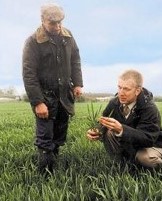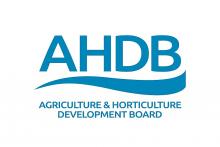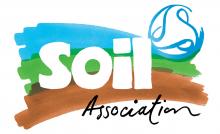Any farmer or land manager who receives BPS (Basic Payment Scheme payments) in England is eligible for free business advice during the early years of the agricultural transition.
The Future Farming Resilience Fund awards grants to organisations. These organisations then provide free business advice. They work with farmers and land managers to understand how the changes to farming will affect their businesses and help them to plan for the future.
Different advice providers offer different kinds of support, in different sectors. Many of them offer 1-to-1 consultations and farm visits, followed up by recommendations in a report. Others provide workshops, webinars, tours and networking opportunities to help farmers get support from other farmers.
By June 2022, 6,600 farmers had accessed this free advice in the first two phases.
The next and final phase of support opens in October and it will be scaled up. £32 million has been awarded to 17 organisations. This will support up to 32,000 farmers and land managers.
From October 2022 until March 2025, farmers and land managers will be able to contact:
- ADAS Limited
- Berrys
- Brown & Co
- Ceres Rural LLP
- Devon County Council
- DJM Consulting
- GSC Grays Limited
- JH Agri Consultancy
- Laurence Gould Partnership
- Matt Hague Agri-Business
- Natural Enterprise
- NIAB
- Promar International
- Ricardo-AEA Ltd
- Soil Association
- The Prince's Countryside Fund
- Wilson Wraight
Hear from farmers who have received free business advice by watching the video below.
See original blog by Andrew Powley on Defra website
Comment on your experience with the Future Farming Resilience Fund below.








